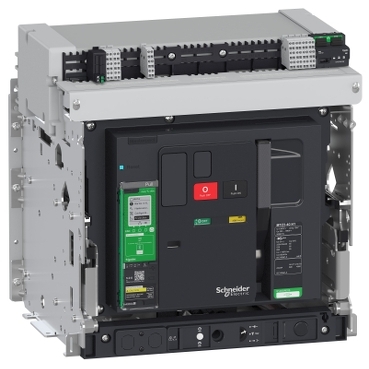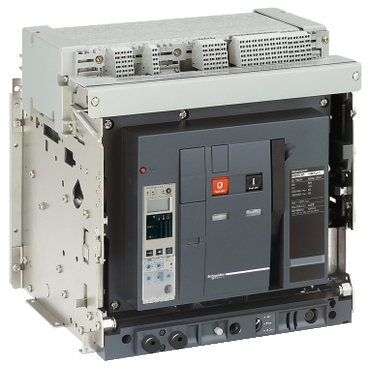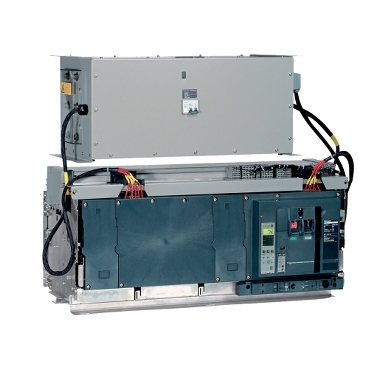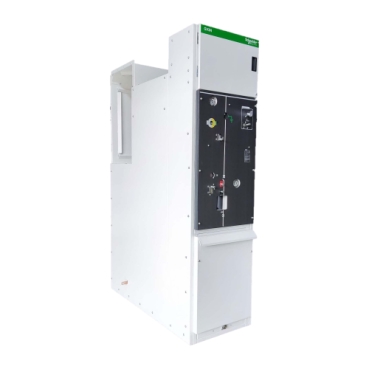An Air Circuit Breaker or ACB is an electrical device that protects circuits from excessive current. They are automatic switches that safely interrupt high currents under unusual conditions. This may include overload or short circuits. These circuit breakers can be commonly found in low-voltage applications (below 450V) and for currents ranging from 800 amps to 10,000 amps.
Types of Air Break Circuit Breaker
Here's a breakdown of the ACB breaker's main types:
- Plain Break (Cross-Blast) ACB: They have a simple design with contacts separating in open air, and are suitable for lower current applications.
- Magnetic Blowout ACB: They use an electromagnet to deflect the arc for faster quenching.
- Air Chute ACB: This ACB electrical breaker employs a compressed air chamber to extinguish the arc.
- Air Blast ACB: High-pressure air circuit breakers extinguish the arc rapidly.
Applications of Air Circuit Breakers
The key applications of air circuit breakers (ACBs) are as follows:
- Low-Voltage Distribution: Protecting and controlling circuits in buildings, factories, and commercial spaces.
- Motor Starting and Protection: Ensuring safe startup and operation of electric motors.
- Power Plant Auxiliaries: Controlling and safeguarding equipment within power generation facilities.
- High-Risk Environments: ACBs are preferred in areas with fire hazards due to their fast arc quenching capability.
- Frequent Operation: Their robust design makes them suitable for applications requiring frequent switching.
What are the benefits of air circuit breakers?
Air circuit breakers (ACBs) offer several advantages over other types:
- Safety: Air as the quenching medium eliminates fire risk associated with oil-filled breakers.
- Fast Operation: ACBs interrupt current quickly, minimising damage during faults.
- Low Maintenance: Their simple design requires minimal maintenance compared to some alternatives.
- Sustainable: Air doesn't pose the environmental hazards associated with oil disposal.
- Wide Range: ACBs come in various sizes for low-voltage to medium-voltage applications.
Future Trends and Innovations in Air Circuit Breaker Technology
The future of air circuit breakers (ACBs) revolves around advancements in:
- Smart Technology: Integrating sensors and communication for real-time monitoring and fault diagnostics.
- Material Science: Utilising advanced materials for improved arc quenching and current handling capacity.
- Miniaturisation: Developing compact ACBs for space-saving applications.
- Sustainability: Sustainability: Focusing on recyclable materials and lower energy losses.







